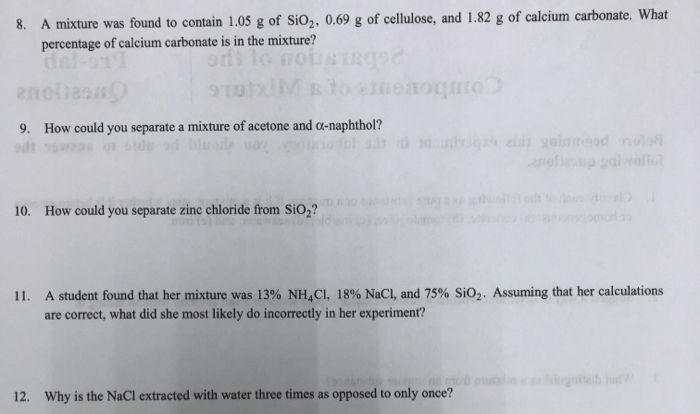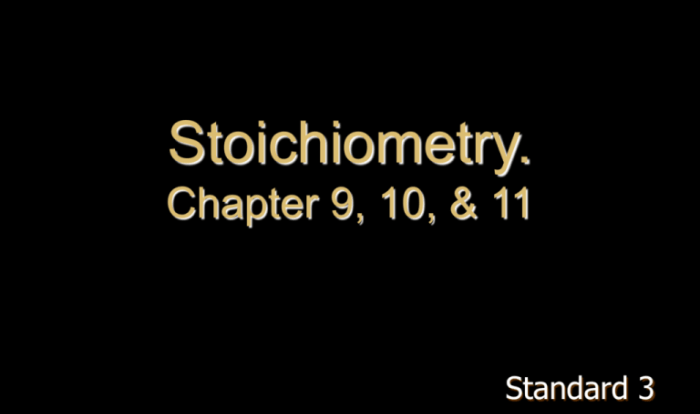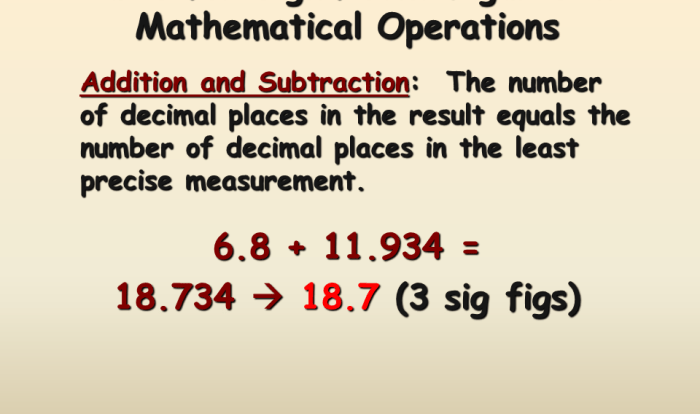Mass to mass stoichiometry worksheet – Embark on an enlightening journey into the realm of mass-to-mass stoichiometry with our meticulously crafted worksheet. This educational resource delves into the fundamental principles of stoichiometry, empowering you to unravel the intricate relationships between reactants and products in chemical reactions.
Stoichiometry, the cornerstone of quantitative chemistry, provides a systematic framework for understanding the quantitative aspects of chemical reactions. Our worksheet unravels the complexities of this subject, guiding you through a series of engaging problems that will sharpen your problem-solving skills and deepen your comprehension of stoichiometry.
1. Understanding Mass-to-Mass Stoichiometry
Mass-to-mass stoichiometry is the study of the quantitative relationship between the masses of reactants and products in a chemical reaction. It involves using the mole concept to determine the amount of reactants and products involved in a reaction.
In a chemical reaction, reactants are the starting materials that are consumed, while products are the substances that are formed. The balanced chemical equation for a reaction shows the mole ratios between the reactants and products.
For example, the combustion of methane (CH 4) with oxygen (O 2) to produce carbon dioxide (CO 2) and water (H 2O) can be represented by the following balanced chemical equation:
CH 4+ 2O 2→ CO 2+ 2H 2O
This equation shows that for every 1 mole of methane that reacts, 2 moles of oxygen are required, and 1 mole of carbon dioxide and 2 moles of water are produced.
2. Using Mass-to-Mass Stoichiometry in Calculations
Mass-to-mass stoichiometry can be used to calculate the mass of reactants or products involved in a reaction. To do this, we use the mole ratios from the balanced chemical equation.
For example, if we want to calculate the mass of carbon dioxide produced when 10.0 g of methane is burned, we can use the mole ratios from the balanced chemical equation:
1 mole CH 4: 1 mole CO 2
This means that for every 1 mole of methane that reacts, 1 mole of carbon dioxide is produced.
To convert 10.0 g of methane to moles, we divide by the molar mass of methane (16.04 g/mol):
10.0 g CH 4÷ 16.04 g/mol = 0.623 moles CH 4
Using the mole ratio, we can then calculate the moles of carbon dioxide produced:
0.623 moles CH 4× 1 mole CO 2/1 mole CH 4= 0.623 moles CO 2
Finally, we convert the moles of carbon dioxide to grams by multiplying by the molar mass of carbon dioxide (44.01 g/mol):
0.623 moles CO 2× 44.01 g/mol = 27.4 g CO 2
Therefore, when 10.0 g of methane is burned, 27.4 g of carbon dioxide is produced.
3. Applications of Mass-to-Mass Stoichiometry
Mass-to-mass stoichiometry has a wide range of applications in various fields, including chemistry, biochemistry, and environmental science.
- Determining limiting reactants:Mass-to-mass stoichiometry can be used to determine the limiting reactant in a reaction, which is the reactant that is completely consumed and limits the amount of product that can be formed.
- Calculating reaction yields:Mass-to-mass stoichiometry can be used to calculate the theoretical yield of a reaction, which is the maximum amount of product that can be formed based on the stoichiometry of the reaction.
- Predicting the composition of reaction mixtures:Mass-to-mass stoichiometry can be used to predict the composition of a reaction mixture at any point in time, which is useful for monitoring the progress of a reaction.
4. Worksheet Design
The worksheet should be organized into clear and logical sections, with each section covering a specific aspect of mass-to-mass stoichiometry.
The worksheet should include a variety of stoichiometry problems to cover different scenarios and levels of difficulty.
The worksheet should provide detailed instructions for students to follow.
The worksheet should consider incorporating tables or other visual aids to enhance understanding.
5. Answer Key, Mass to mass stoichiometry worksheet
The answer key should provide a comprehensive answer for each problem in the worksheet.
The answer key should explain the steps involved in solving each problem.
The answer key should offer additional insights or explanations where necessary.
FAQs: Mass To Mass Stoichiometry Worksheet
What is the purpose of a mass-to-mass stoichiometry worksheet?
A mass-to-mass stoichiometry worksheet provides a structured approach to practicing the calculation of mass relationships in chemical reactions, enhancing understanding of stoichiometry and its applications.
How can I use this worksheet to improve my understanding of stoichiometry?
Engage with the worksheet’s problems, applying the principles of stoichiometry to determine the mass of reactants or products involved in chemical reactions. This hands-on approach reinforces your understanding and develops your problem-solving abilities.
What are the benefits of using a mass-to-mass stoichiometry worksheet?
The worksheet offers a structured learning experience, allowing you to systematically explore stoichiometry concepts and apply them to practical scenarios. It fosters critical thinking, problem-solving skills, and a deeper comprehension of chemical reactions.




